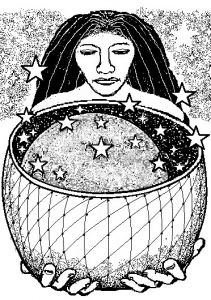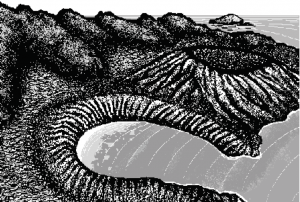As one of the geologic stages in the formation of the Hawaiian Islands, rejuvenation volcanic eruptions formed some of our iconic landforms. Rejuvenation stage volcanoes are the last eruptions to occur after the main shield volcanoes have stopped erupting, and experienced significant erosion, landslides, and coral reef growth. Some of these puʻu (hills) inspired moʻolelo that explain their creation and connection to Hawaiian gods. Learn the traditional names of these famous puʻu in Hawaiʻi.
Craters, Calderas, and Cones
Calderas are craters more than 1.6 km (1 mi) in diameter formed by the collapse of the summit of a shield volcano. Throughout the shield-building, or primary activity stage, the caldera repeatedly settles and fractures as magma withdraws, and refills as magma returns. Haleakalā “crater” on Maui is not a caldera or a crater, but a depression formed by the cutting back and joining of valley head walls by stream erosion.
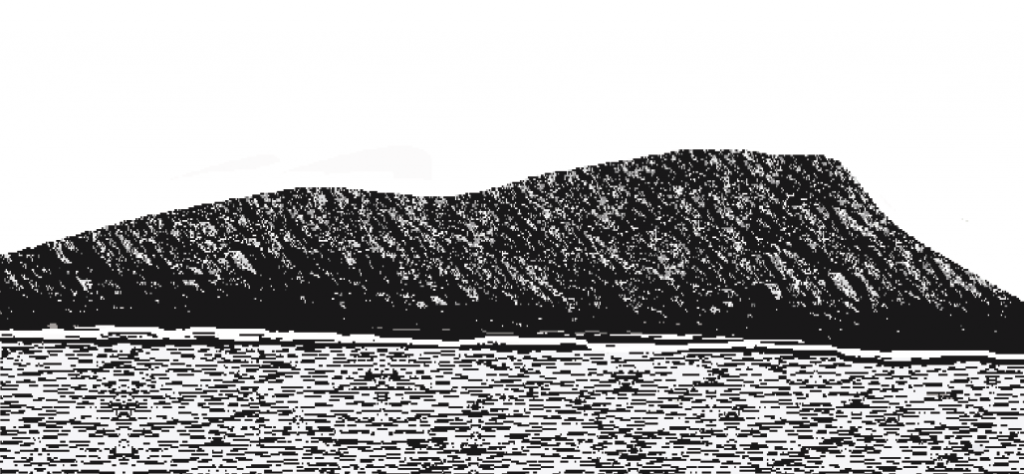
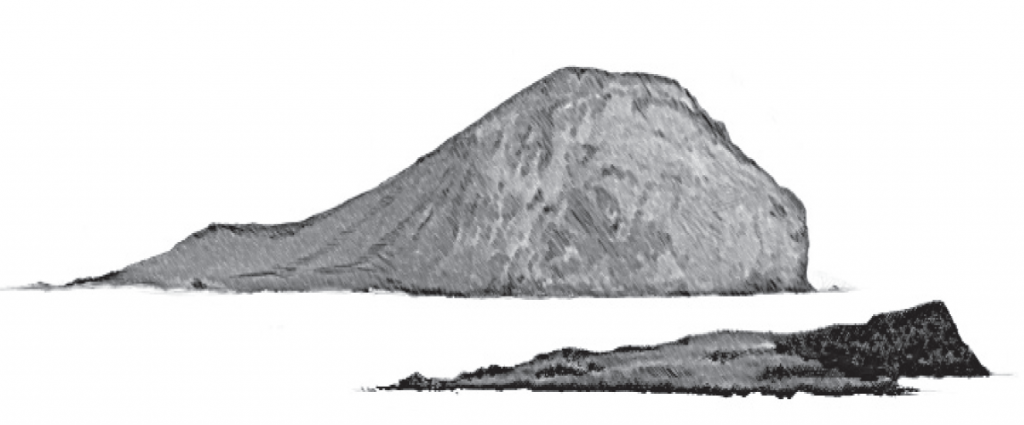
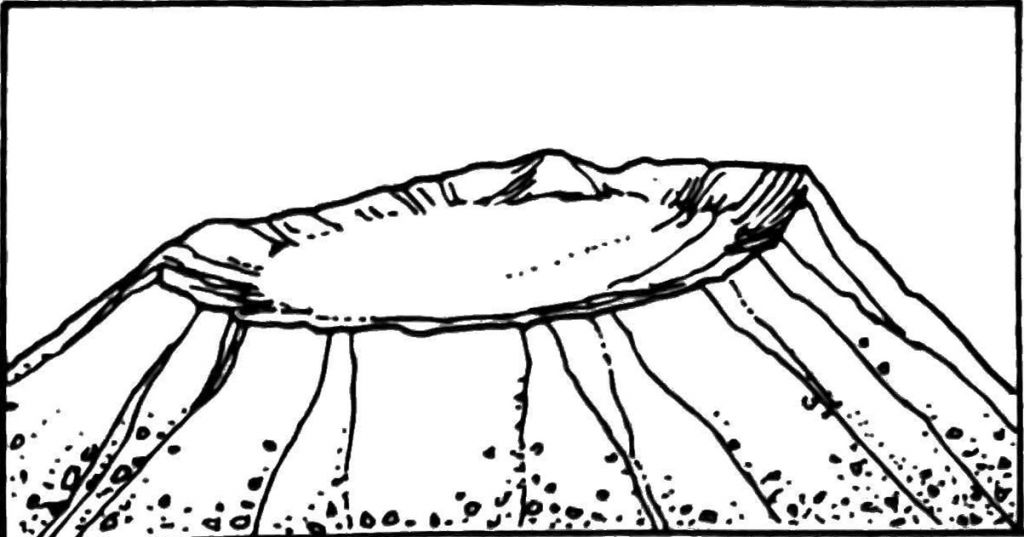
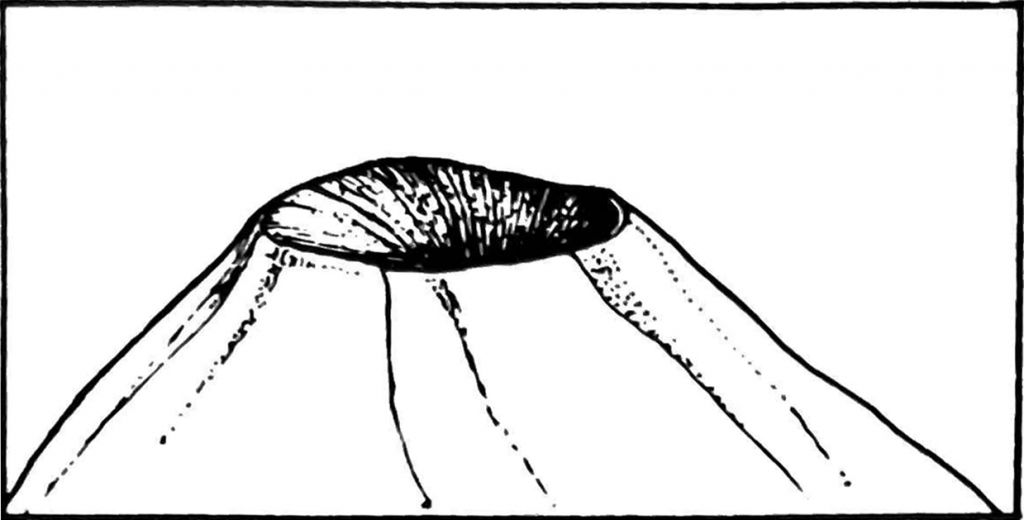
ʻŌhia Project
Lelekamanu Program


 Did you know?
Did you know?